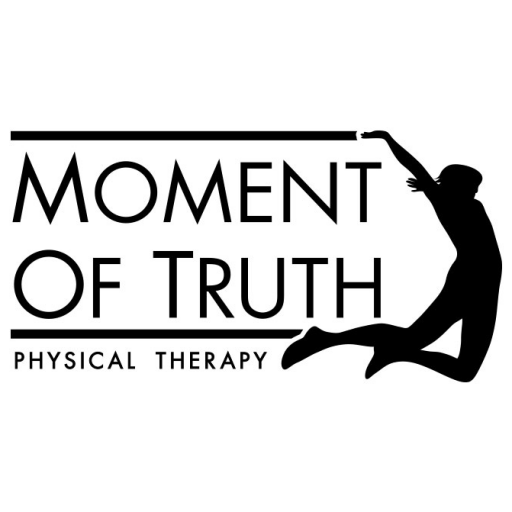
by: Brittany Webster & Amy VanderLinden
Babies with torticollis often end up with a flat spot on their head since their skulls are still soft and formable and they can’t easily turn to one side. Continuous positional preference can lead to imbalances in the muscles and facial features. If skull and facial imbalances are moderate to severe, a cranial remolding helmet may be helpful.
Treatment often includes hands-on therapy such as myofascial release, craniosacral work and massage. It is important to work on positioning changes through environmental adaptations, as well as neck motion and stretching of the SCM. Put simply, babies don’t always enjoy massage like us mamas do so we change their position so gravity can affect them differently, use toys and sounds to encourage head motion and work with play to get better mobility. Chiropractic care and evaluation for lip and tongue ties are sometimes related, but not necessarily. Treatment is most successful if done within the first year of life, with 85-90% of babies making a full recovery without more intervention.
Tummy time is important for all babies, but especially critical for giving these babies the opportunity to be in different positions and let gravity work on their muscles in different positions. Tummy time can also promote pressure relief on the head and cheek, which can help with reshaping. Feeding from the affected side, and alternating holding or carrying positions can help increase muscle strength and provide a prolonged stretch to help treat torticollis at home.
 With growth spurts, milestones, and higher level activities, occasional bouts of physical therapy may be necessary for the first few years of life. With early treatment and parent/caregiver help at home, torticollis is unlikely to be a lasting issue. At Moment of Truth Physical Therapy, newborn babies get a free session after delivery so we can help them get the very best start!
With growth spurts, milestones, and higher level activities, occasional bouts of physical therapy may be necessary for the first few years of life. With early treatment and parent/caregiver help at home, torticollis is unlikely to be a lasting issue. At Moment of Truth Physical Therapy, newborn babies get a free session after delivery so we can help them get the very best start!



0 comments